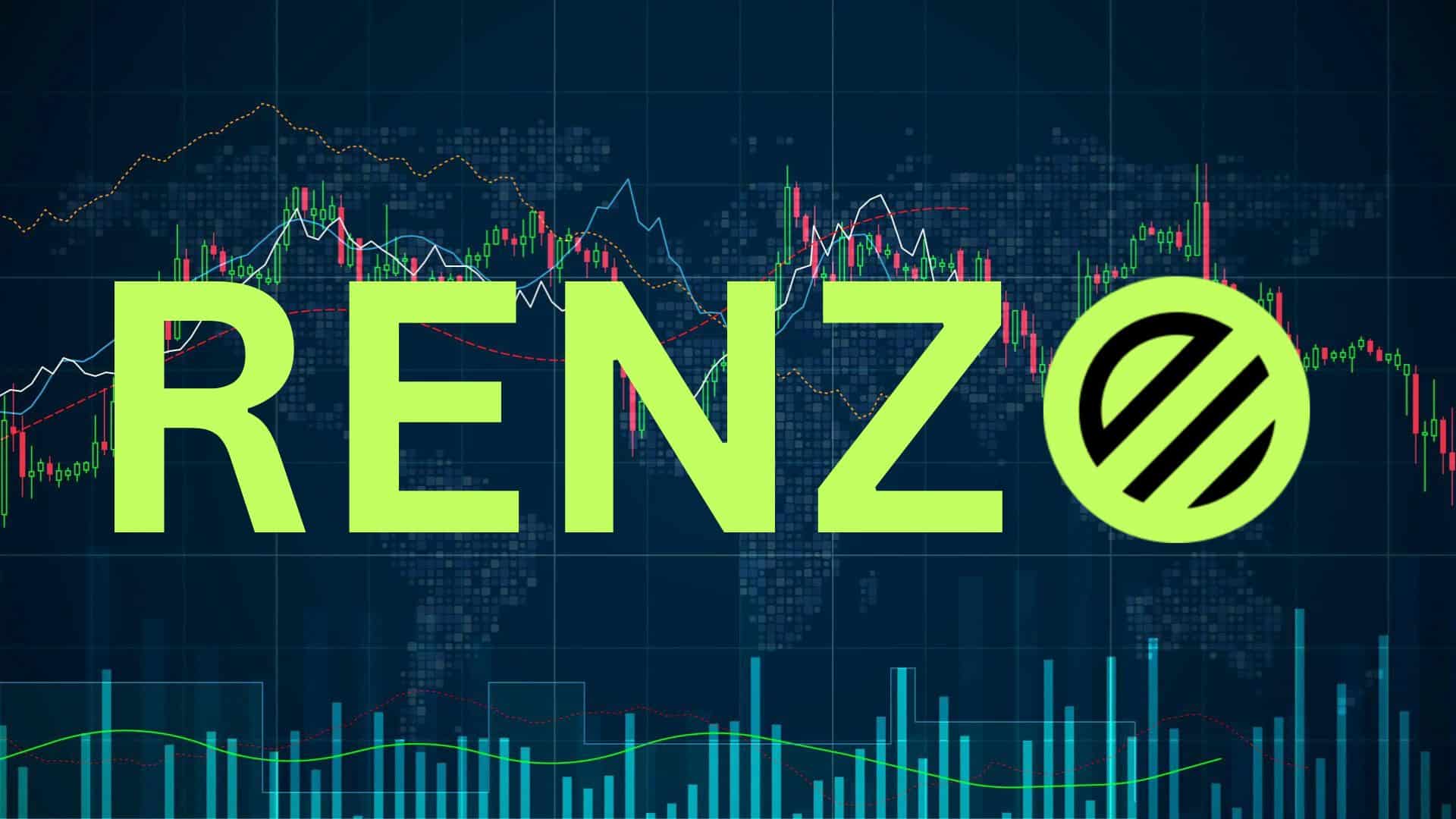Blob on Ethereum: A milestone for expansion and future development according to Vitalik Buterin

Ethereum co-founder Vitalik Buterin discusses the Dencun hard fork activation and Blob’s impact on the ecosystem, as well as Ethereum’s long-term expansion roadmap and future direction.
In a recent post on his website, Ethereum co-founder Vitalik Buterin detailed the activation of the Dencun hard fork and the introduction of blobs to the Ethereum network. Buterin explains that the activation of this hard fork marks an important turning point in Ethereum’s expansion efforts.
Blob, also known as proto-danksharding or EIP-4844, significantly reduced transaction fees for rollups. Since Blob was initially almost free, fees were reduced significantly. However, as the Blockscription Protocol began to utilize it, the volume increased and the fee market became active. Although not completely free, blobs are much cheaper than calldata.
This milestone marks a shift in Ethereum’s expansion strategy from solving the “0 to 1” problem to solving the “1 to N” problem. Additional work will be done to increase the number of blobs and optimize the rollup utilization of each blob, but fundamental changes to Ethereum’s scaling paradigm are largely behind the curve. The focus is now increasingly shifting from Layer 1 (L1) issues, such as Proof of Stake (PoS) and scaling, to application layer issues.
Buterin explores the future of Ethereum scaling, highlighting the shift to a layer 2 (L2)-centric ecosystem. Major applications are already migrating from L1 to L2, and increasingly, payments are performed natively in L2. Wallets are also adapting to this Multi-L2 environment to improve user experience.
An important aspect of Ethereum’s rollup-centric roadmap is the concept of a separate Data Availability Space (DAS). This dedicated section within a block allows layer 2 projects, such as Rollup, to store data independently of the Ethereum Virtual Machine (EVM). Buterin explains that EIP-4844 does not directly enable Data Availability Sampling (DAS), but lays the foundation for its implementation. DAS allows you to significantly expand your blob space, targeting 16 MB per slot.
Going forward, two key areas of development will shape the future of Ethereum. The first is to gradually increase the blob capacity to utilize the full potential of DAS. The second focuses on enhancing the L2 protocol to maximize the utilization of available data space. Buterin proposes the introduction of PeerDAS, a simplified version of DAS, and exploration of technologies such as data compression and optimistic data approaches to improve L2 scalability.
Buterin also emphasizes the importance of addressing execution-related constraints and improving the security of L2 protocols. Although progress has been made, more work is needed to ensure the robustness and protection of rollups. More stringent standards and security committees have been proposed as potential solutions to improve the reliability of L2 implementations.
In conclusion, the activation of the Dencun hard fork and the introduction of Blob represent important milestones in Ethereum’s expansion efforts. Buterin’s post provides insight into the future direction of Ethereum development, focusing on L2-centric solutions, data availability sampling, and continuous improvement of the L2 protocol. As the Ethereum ecosystem continues to evolve, these advancements pave the way for a more scalable and secure blockchain platform.
Image source: Shutterstock



